Balanitis is an inflammatory process that affects the glans of the penis. This condition is caused by infection and not only the head of the penis is inflamed but in the majority of cases, the foreskin is affected as well. All men of all ages can get the disease. The best cure for balanitis is prevention which includes appropriate genital hygiene.
Symptoms of Balanitis
Symptoms of balanitis range from mild to severe ones and they mostly present in the reddening of the glans. The skin of the glans is flashing red and sore. This is an obvious sign of irritation. Tiny little sores and erosions may be visible on the glans. As the condition is basically inflammatory the edema of the glans is normally present.

Infection is accompanied by a foul-smelling discharge that collects under the foreskin. Some patients may feel burning sensations while urinating. These symptoms are not specific and may be present in a variety of sexually transmitted diseases hence everyone who has experienced any of the previously mentioned symptoms needs to visit a doctor for further examination.
Reasons for Infection
The main culprit of this unpleasant infection is Candida. The humidity present under the foreskin is an excellent place for Candida multiplication. Bacteria can be another culprit of balanitis. Those who do not maintain proper hygiene of the genital area as well as those who cannot wash the entire surface under the foreskin are more prone to balanitis.
Apart from infective agents there are additional conditions that may lead to balanitis. They include allergies, diabetes, and phimosis (abnormal constriction of the foreskin that leads to improper drawing back of the foreskin to reveal the glans).
Treating Balanitis
Fortunately balanitis is curable. As in the majority of patients, Candida is responsible for the infection, an antimycotic ointments are prescribed. The surface of the penis has to be washed regularly and after that dried properly. The cream is applied a few times a day. Even antimycotic tablets are prescribed.
- Balanitis is fairly common and affects approximately 3-11% of males during their lifetime. Posthitis is an inflammation of the foreskin (prepuce). Balanoposthitis involves both the glans and the foreskin and occurs in approximately 6% of uncircumcised males. Balanoposthitis occurs only in uncircumcised males.
- However, balanitis and balanoposthitis often occur together, and the terms are commonly used interchangeably. Infectious etiologies of balanitis include certain fungi like yeast and certain bacteria or viruses (including those that cause STDs such as gonorrhea). Balanitis is not a sexually transmitted infection. The actual disease is not transferable from one person to another; however, the transfer of organisms that cause balanitis is possible.
- Recurrent episodes of balanoposthitis should raise the concern for occult diabetes. Patients with recurrent episodes should undergo blood glucose screening for diabetes and evaluation by a urologist.
- Proper hygiene with frequent washing and drying off the prepuce is an essential preventive measure although excessive genital washing with soap may aggravate the condition. Topical antifungals usually for one to three weeks is the treatment of choice for most patients with balanoposthitis. Imidazoles such as clotrimazole 1% twice daily (bid), and miconazole 1% bid are the first line therapy choice. Nystatin cream is an alternative in patients allergic to imidazoles.
- In cases of more severe inflammation, the addition of fluconazole 150 mg stat orally or the combination of a topical imidazole and a low potency topical steroids such as hydrocortisone 0.5% bid often lead to the resolution. Treatment with a first-generation cephalosporin is appropriate if there is a concern for concomitant cellulitis.
- Experts recommend circumcision for recurrent and intractable episodes especially in immunocompromised and diabetic patients, consult urology. Data from meta-analyses showed that circumcised males have a 68% lower prevalence of balanitis than uncircumcised males and that balanitis is accompanied by a 3.8-fold increase in the risk of penile cancer. Female sexual partners of men with balanitis should be offered testing for candida or empiric treatment to reduce the reservoir of infection in the couple.
If a man developed balanitis and his partner has Candida infection as well, both of them need to be treated simultaneously. The symptoms disappear within a few days after the treatment has started. In the case of bacteria one is prescribed antibiotic ointments or these are given orally in a form of pills.
Allergies are treated with corticosteroids. If a man suffers from phimosis he needs to be surgically treated.
Still the best way to avoid balanitis is to keep the genital area clean and dry. Hygiene especially in those men who have phimosis needs to be perfect and regular.



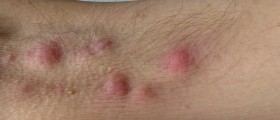
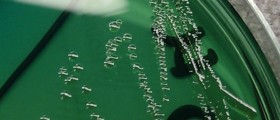
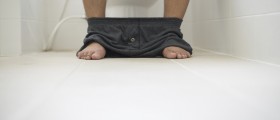
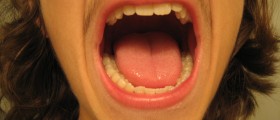

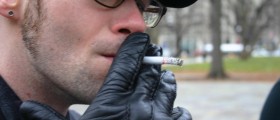


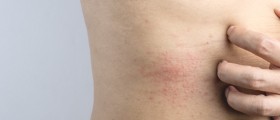
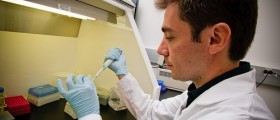




Your thoughts on this
Loading...